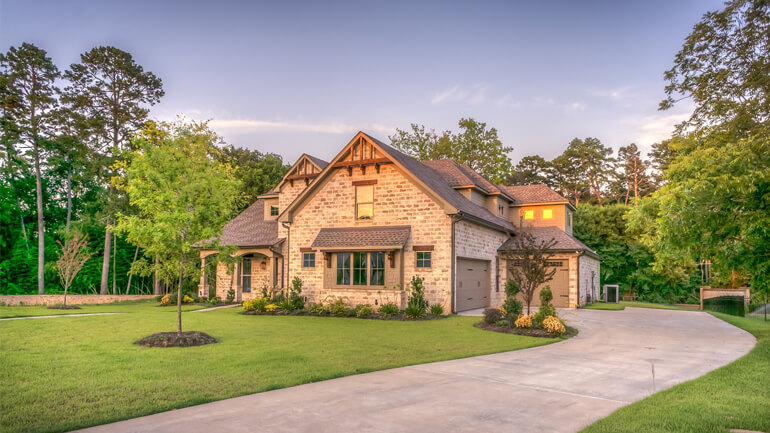House design affects your home temperature, but it can also help to mitigate the effects of heat retention and loss in the home. Everything in the house can make a difference, from your roofing material and the color of paint on your walls to the carpeting on your floor and the placement of the furniture in the rooms. By using simple energy efficiency techniques, you can save energy and money on your electricity bill.
Roof color and material
Roofs that are lighter in color tend to reflect the heat. Roofs that are darker in color absorb the heat and transfer it into the rooms below. Materials like metal or rubber are also more reflective than asphalt shingles. A cool roof is currently the best way to save energy and money while decreasing the heat absorption and retention on the roof.
Paint choices
Darker paint absorbs heat, while lighter pain reflects heat. Under certain circumstances, insulating paint may reduce energy retention by 20% on freshly painted, sun-facing walls. The color you select for the appearance of your home makes the difference in home temperature.
Carpeting
Your carpet is a natural insulator, so it holds the heat and makes a room feel warmer. The lighter colors of carpet absorb less heat, while thicker carpets retain it. You can save as much as 10% off your electricity bill during a harsh winter by installing carpet with an energy-efficient pad.
Windows
Heat enters through the windows, but it also escapes through them in the winter. Up to one-third of a home’s heat loss is via the windows and doors. You can improve the energy efficiency of existing windows by replacing them, installing drapes, using caulking and weatherstripping, or installing insulated window panels.
Furniture placement
The layout of the furniture in your rooms can hinder the best ventilation and airflow throughout your house. So, you can save energy and reduce your electricity bill by moving the couch or other furniture out from in front of a vent. By blocking the air, your HVAC system is forced to work harder to maintain the set temperature. It costs you more money and still doesn’t deliver the best results.
HVAC zoning
With HVAC zoning, Popejoy Plumbing, Heating, and Electric install motorized dampers, which automatically control heat and cooling throughout your home. You’re able to manage the airflow and heat distribution, which saves 30% on your energy bill. It also typically means better comfort with help from your programmable thermostat and a longer life for your HVAC system.
It’s simple. By deploying these home design strategies, you can create a more comfortable and energy-efficient environment, while saving money on your energy bills. It’s an ongoing process and it probably won’t happen overnight. Review every room of your house and implement energy-efficient strategies wherever possible, and you will notice the positive results. You’ll find that it’s easier and more economical for home temperature, but you’ll also begin to notice all the little tricks you can implement throughout your home to make it safer, more energy-efficient, and more comfortable.



